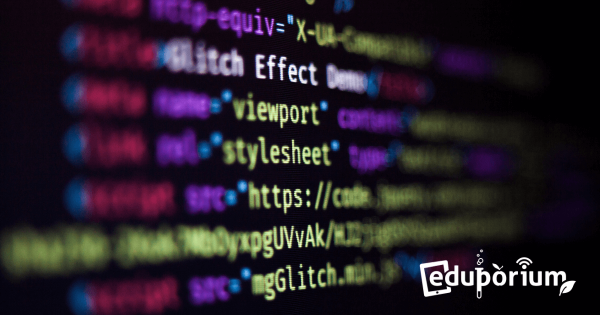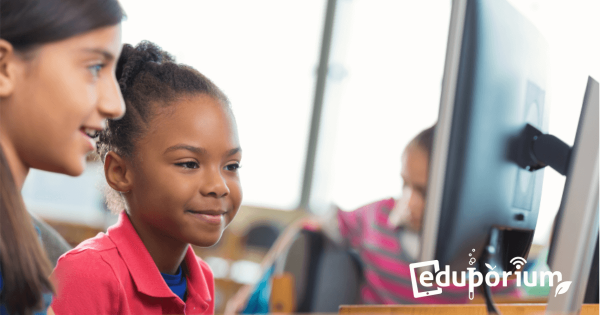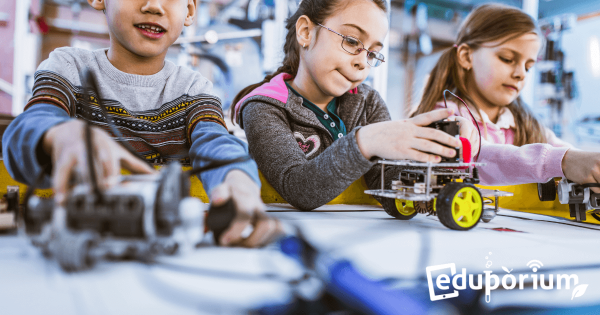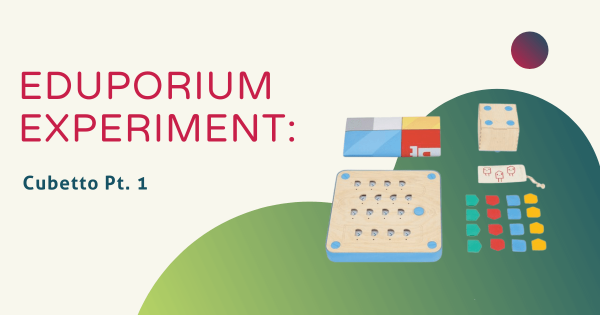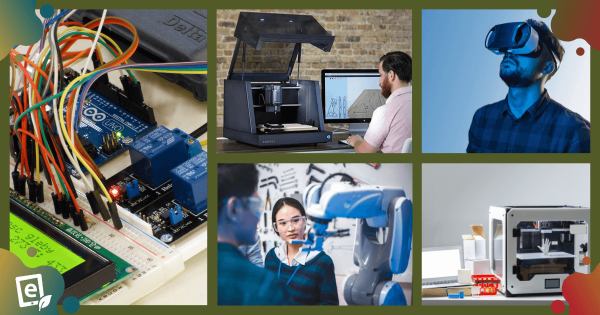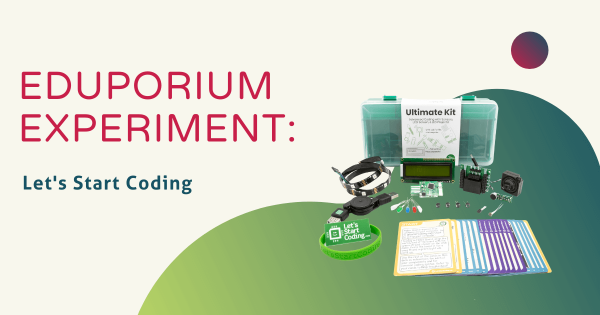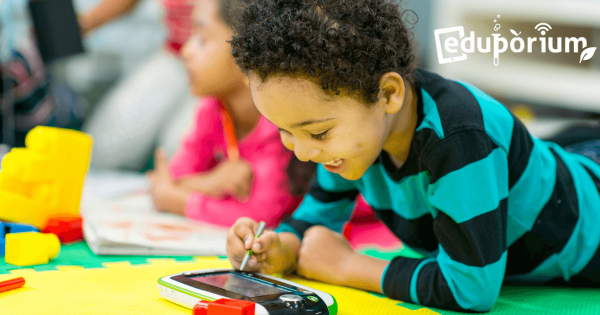Students as young as first or second grade are able to experience what it’s like to think like a computer scientist thanks to technology tools that replicate the process in a way that’s introductory and age appropriate. Today, computer science is a necessity and, in schools, its prevalence is finally starting to reflect that.
Eduporium Blog
-
Eduporium Team Sponsors 100 Girls of Code Event in Georgia
Last Saturday, we took part in our first ever partner event with the 100 Girls of Code organization and it was fantastically successful! Though we could not be there in person since this chapter is located in Georgia and we’re all just outside of Boston, we were still thrilled to contribute to helping create this dynamic makerspace and learning -
Thinking Of Buying Robotics Kits For Your School? Don't Miss This
The webinar will be hosted by Dennis Kambeitz, who works at a company called Robots.Education. Dennis is a world leader in understanding various impacts that robotics and tech will bring to the workforce and what needs to be done in schools to prepare students for it. Like us at Eduporium, he knows this chance is bigger and coming faster than -
Eduporium Experiment | Cubetto Pt. 1
Some educators prefer to stay away from screens altogether. With that being the case, how can we make sure students are still getting the 21st century education that they need to succeed? Luckily, early childhood education companies, like Primo Toys, are aware of this issue, and they care very much about making this type of critical education accessible. -
7 High School STEM Tools That Are Driving Student Success
Technology is an invaluable catalyst for deeper learning experiences in the early grades, but, by the time students get into their high school years, it is more of a necessity. The new modern workforce is filled with an increasing number of STEM jobs that require applicants to utilize coding, 3D printing, or some other emerging skill. Here are seven options -
Eduporium Weekly | Why Is Computational Thinking Key?
Collaboration and problem solving are an integral component of the modern-day workforce and, for that reason, have become an increasingly common part of modern education. Those who are able to break problems down and utilize a certain way of thinking to solve them while also incorporating technology are very valuable. -
Two Cool Kits To Get Kids Coding In Kindergarten
If you want your kids to start coding, you’re not alone. And you have come to the right place! By the time that elementary-aged students enter into the future workforce in 10 or 12 years, coding will be as mandatory as showing up for work. Luckily, we have these new secrets to help children get ahead of the game—the Base -
Eduporium Experiment | Let's Start Coding Kits
Students are often required to use a computer and work with digital modules to get familiar with coding languages and syntax (i.e. code.org). While this is a great and invaluable tool for teaching coding, there is so much more that kids can do with code—especially when it comes to applying what they know to real-world scenarios! -
Who Says EdTech Tools Don't Belong in Kindergarten?
While teachers and parents may not notice the benefits clearly for another couple of years, using technology to enhance learning for kindergarteners is actually a pretty wise decision. Adding a new wrinkle to early education can help promote inquiry in students, provide opportunities for beneficial collaboration, and help them start to develop both STEM and soft skills. -
We're Giving Away $100 Every Day For A Year—You Can Win!
This just in…We’re holding a contest and we want YOU to win! Starting on May 1 and continuing every day for one year, we’ll be posting a new trivia question on our website. The first person to submit a correct response is that day’s winner! And the prize? A $100 gift to our EdTech store, which has been made possible



